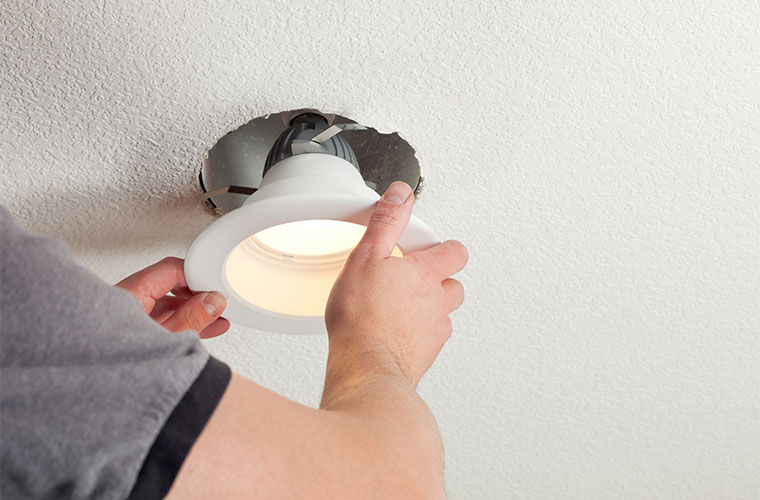By John Curran
A lot of the major incentives for energy-efficient lighting like LEDs started with retrofits: it’s easier and less expensive to use existing housings rather than all-new fixtures. More than a decade in, however, many distributors are registering a common theme: there are still plenty of buildings on the local level that could still benefit from the now-mature technology.
So while manufacturers will continue to focus on the internet of things (IoT) and integrating the latest advances into their products, distributors are still finding success within the same base of business they always have. And while the business base isn’t changing, distributors remain invested in finding ways to leverage these new options to continuously improve facilities, even ones they’ve worked with previously.
As Bernie Erickson, regional vice president at Facility Solutions Group, says, “In terms of saturation, we are no where near that. No end in sight, actually.”
He adds, “Is it changing every day? Absolutely. But I, in some cases, am upgrading lighting for customers that I have upgraded two and three times previously.”
That includes projects as large as Newark International Airport and as small as a local YMCA or charitable organization. The level of integration can include security video and analytics to keep costs down at one of the busiest airports in the country, in the case of Terminal A in Newark.
Retrofitting also provides opportunities to build up good will and help out organizations that might not otherwise have much room in the budget. Leveraging retrofit incentives enables non-profits to get LED lighting upgrades without any cash outlay. One solution that distributors can leverage is on-bill financing, where utilities help by spreading out the costs over time.
That matters, because the issues are serious in some areas in the Northeast. One YWCA director of development noted that the efforts of distributors to approve retrofits and replacements can have a significant impact. “Like many nonprofit organizations, we are struggling in the current economy,” says Diane L. Du Brule of Plainfield, New Jersey. Had a distributor not intervened, “We would have been closed down by the Health Department… [which] would have had a catastrophic and likely unrecoverable effect on our finances.”
Whether the work is done on behalf of those who can benefit from making the most of the latest tech, like the Port Authority of New York and New Jersey or smaller institutions, the focus remains on the 80 percent of the market where rebates help drive down the cost for retrofits, rather than new installations. Kris Evans, Director of Commercial Utility Programs at Cree, says that some of the best utility and government rebate programs are Mass Save in Massachusetts, Efficiency Vermont and Xcel Energy’s program in Colorado.
Retrofits are driven by utility and government rebates, and distributors will continue to find ways to use them in projects of all sizes, but especially with existing clients where they can improve existing systems. Are you taking advantage of your local rebate programs?
Tagged with LED, lightED, rebates, retrofit
